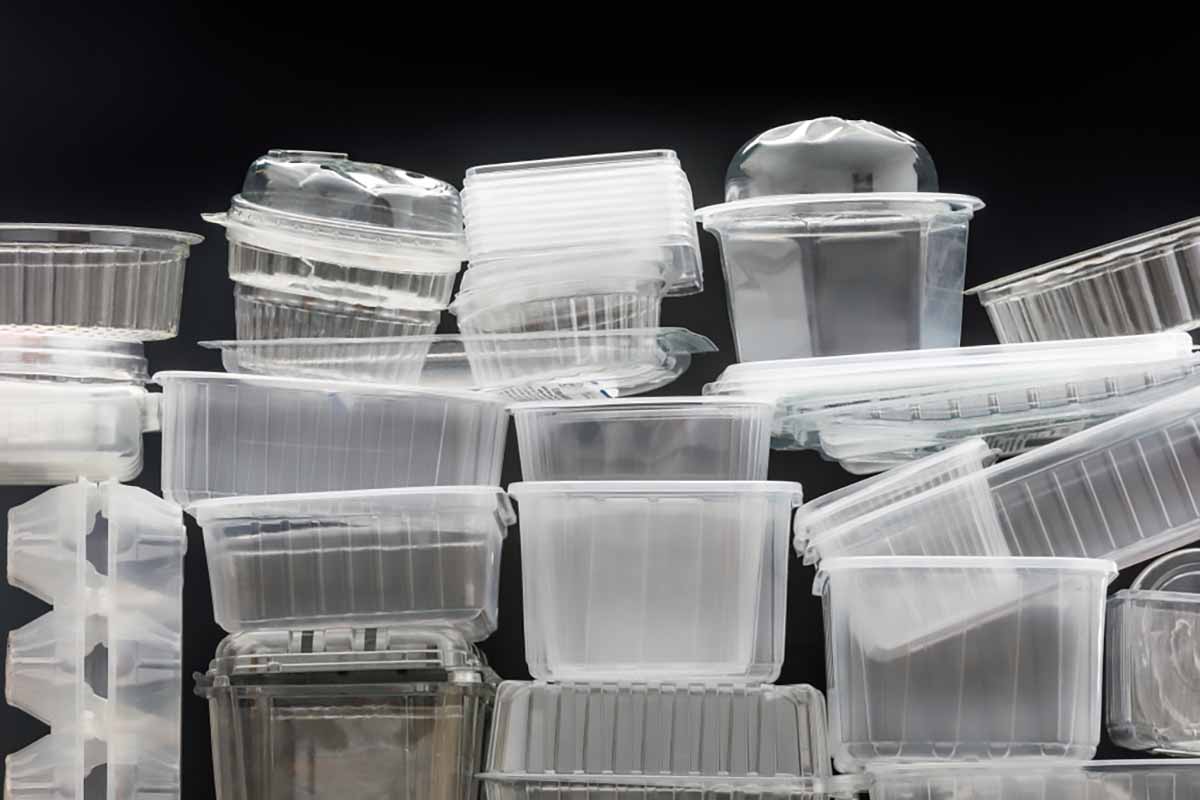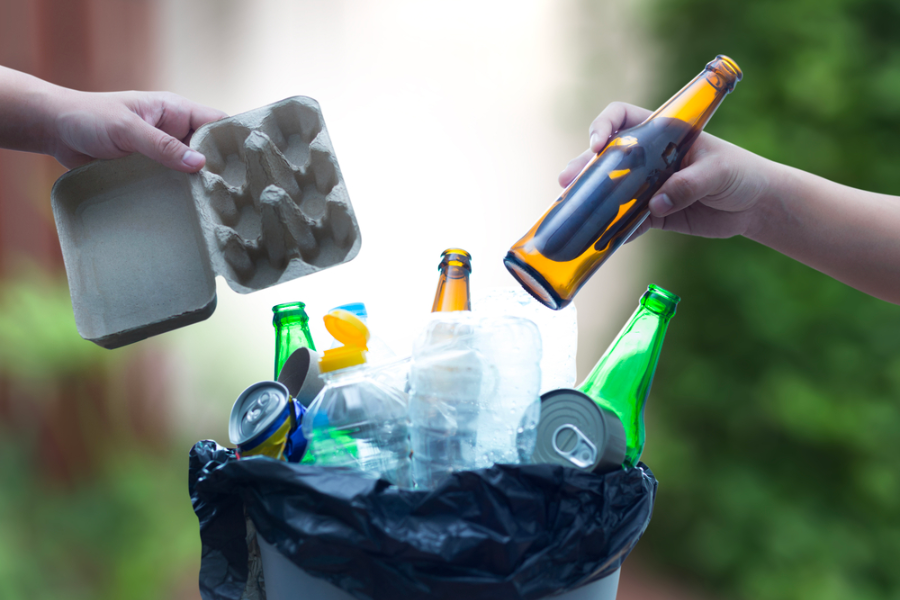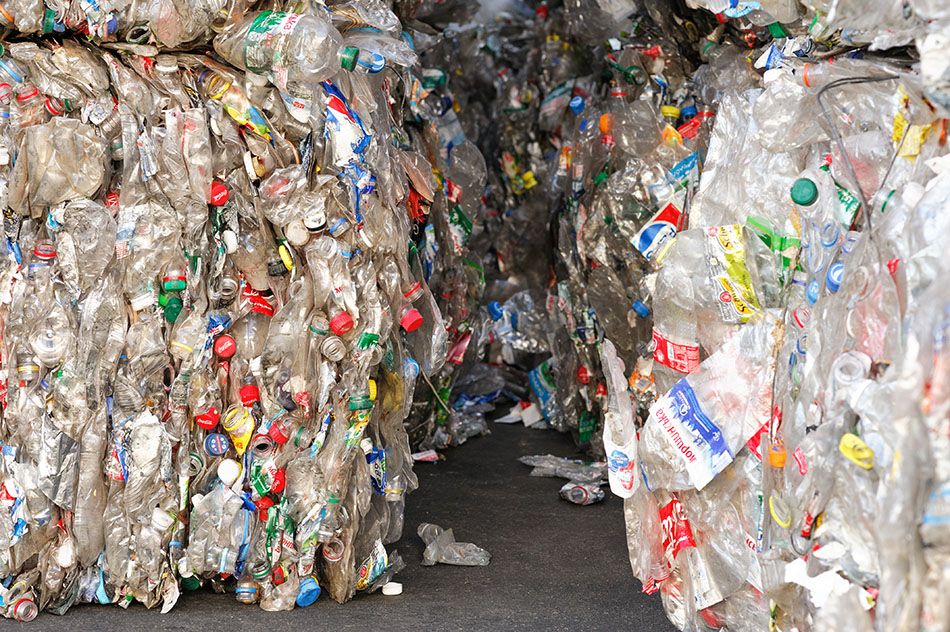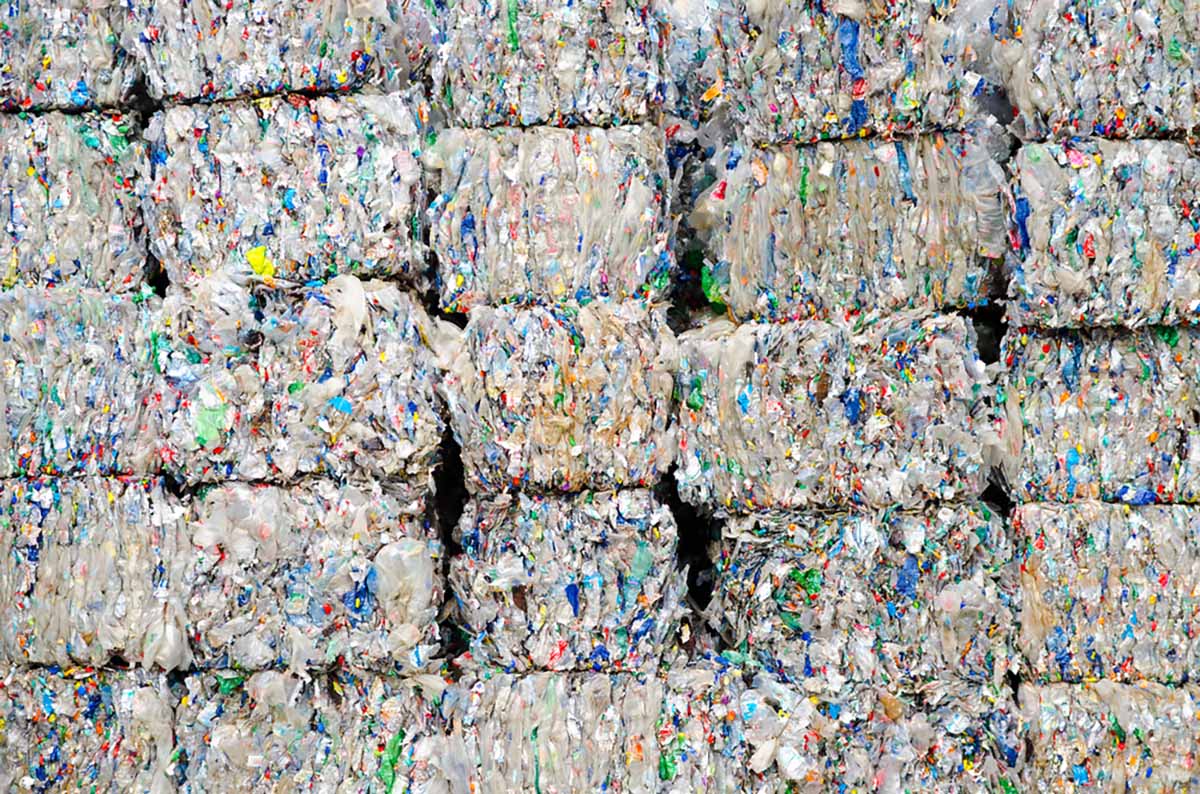
A proposed International Recycling Group facility in Pennsylvania, seen here in a 2021 rendering, has been canceled concurrent with the project’s loss of federal funding. | Courtesy of International Recycling Group
Dramatic federal funding cuts have affected at least two plastics recycling efforts, contributing to a major project being canceled in Pennsylvania and forcing an accelerated timeline for self-sufficiency at an Alaska composite lumber operation. Continue Reading










